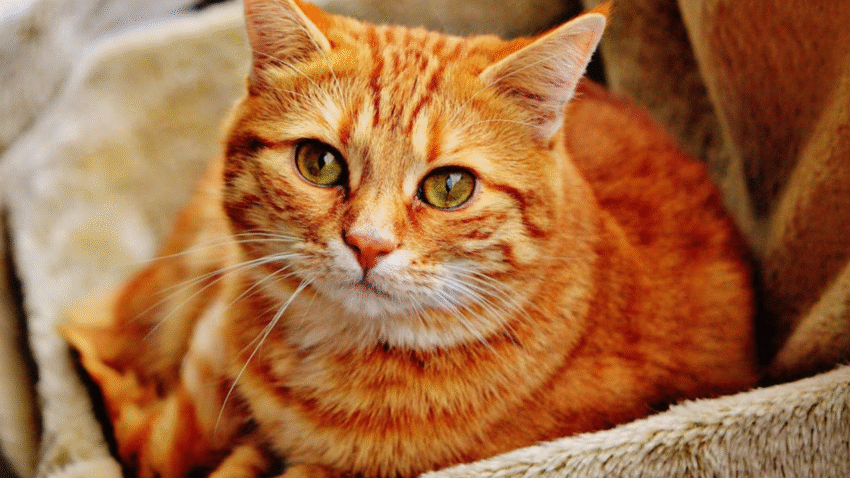Introduction
Does your cat enjoy spending time exploring the great outdoors? Whether they roam the garden, patio, or backyard, their paws often come home carrying dirt, debris, or even harmful bacteria. In this guide, you’ll learn how to clean your cat’s paws after outdoor adventures safely and effectively. With a few simple steps, you’ll keep your home cleaner and your cat healthier.
Why Cleaning Your Cat’s Paws Matters
Outdoor cats love to climb, dig, and explore—but their paws are exposed to all kinds of hazards: pesticides, motor oil, sharp objects, allergens, and even parasites. If left uncleaned, these contaminants can be tracked into your home or licked off during grooming, which can lead to health issues.
Consistent paw cleaning is important for:
- Preventing illness from harmful substances like antifreeze or lawn chemicals.
- Reducing allergens and bacteria that your cat could bring inside.
- Protecting paw pads from injury or irritation caused by rough surfaces or thorns.
- Spotting injuries early, like cuts, ticks, or swelling.
Even indoor-outdoor cats benefit from regular paw inspections and cleaning to support overall hygiene and wellness.
Step-by-Step Guide to Clean Your Cat’s Paws
Step 1: Gather Your Supplies
Have everything ready before bringing your cat over. You’ll need:
- A shallow bowl of warm water
- A clean, soft washcloth or towel
- Cat-safe, unscented pet wipes (optional)
- A small towel to dry the paws
- Treats for positive reinforcement
Avoid using baby wipes or any product containing alcohol or essential oils, as these can irritate your cat’s skin.
Step 2: Create a Calm Environment
- Choose a quiet, well-lit space free of distractions.
- Sit in a comfortable position and gently place your cat on your lap or next to you.
- Speak calmly and offer a few pets to help them relax.
Tip: Try cleaning paws after meals or playtime when your cat is naturally more relaxed.
Step 3: Inspect Each Paw
- Gently lift one paw at a time.
- Look between the toes and under the pads for dirt, cuts, or foreign objects.
- Check for burrs, splinters, or ticks, especially if your cat roamed in wooded or grassy areas.
This step helps you spot any issues early and prepare for careful cleaning.
Step 4: Clean Gently
You have a few cleaning options depending on how dirty your cat’s paws are:
Option A: Light Dirt or Dust
- Use a damp washcloth to gently wipe each paw, especially between the toes.
- Wipe in one direction to avoid irritating the skin.
Option B: Mud or Sticky Substances
- Dip the paw briefly into the warm water bowl.
- Use your fingers or a soft cloth to rub off the dirt.
- Pat the paw dry immediately afterward.
Option C: Quick Clean with Pet Wipes
- Use fragrance-free, hypoallergenic cat wipes for convenience.
- Gently wipe each paw, paying attention to crevices between toes.
Step 5: Dry Thoroughly
- Use a clean towel to dry each paw, including in between the toes.
- Moisture can cause irritation or fungal infections, so don’t skip this step.
Step 6: Reward Your Cat
- Give a treat and praise your cat after each paw or when the session is complete.
- This builds a positive association and helps make future cleaning easier.
Common Mistakes to Avoid
- Using harsh chemicals or scented wipes
Many cleaning products are toxic to cats. Stick to cat-safe or plain warm water. - Skipping paw checks
Dirt is often hidden between the toes or under the claws—always inspect first. - Forcing your cat to stay still
If your cat is distressed, pause and try again later. Forced handling can make them fearful. - Neglecting to dry paws
Leaving paws damp can lead to fungal infections or irritation. - Ignoring signs of injury
If you notice swelling, bleeding, or limping, contact your vet instead of continuing home care.
Extra Tips & Recommendations
- Trim paw fur if it’s long and collects debris. This helps keep paws cleaner.
- Add a welcome mat or paw-cleaning pad at the door to catch some dirt as your cat comes in.
- Limit outdoor time after rain to avoid muddy paws and extra cleaning work.
- Use a shallow paw bath tray with water for cats trained to step in and clean their paws.
You might also like: How to safely use grooming tools on your cat or How to recognize early signs of illness in your cat for additional wellness tips.
Conclusion
Outdoor adventures are great for your cat’s enrichment, but they come with hygiene challenges—especially when it comes to paw care. With a little patience and routine, cleaning your cat’s paws becomes a quick and simple way to protect their health and your home. Keep it calm, be consistent, and always end with love and
